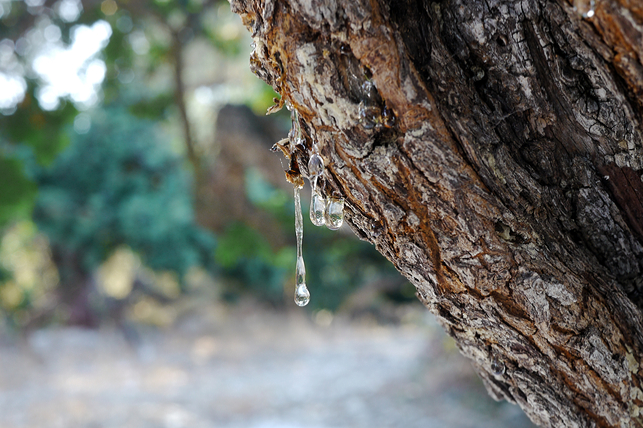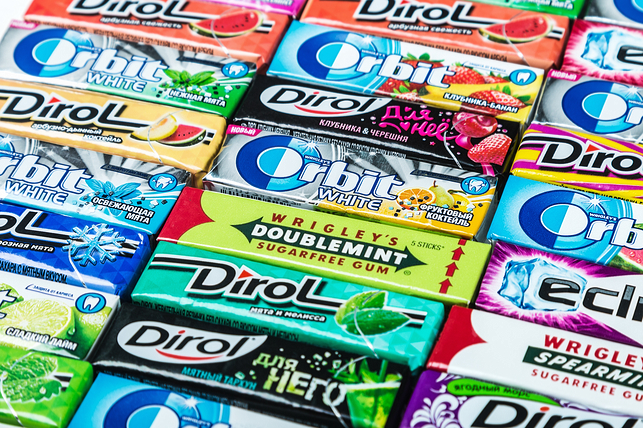Some of the greatest scientific discoveries occurred by accident. From falling apples, to sandwiches that don’t mold, some of our greatest achievements began as simple analysis of the natural surroundings. Fluoride, one of dentistry’s most powerful tools in the fight against cavities, also has a similar origin story.
The Colorado Brown Stain
In 1901, a young dental school graduate named Frederick McKay moved to Colorado Springs, Colorado to open a dental practice. Upon his arrival, he was astounded to observe that many of the locals suffered from brown stains on their teeth. After observing this, McKay searched for information about the disorder causing the stains, but couldn’t find anything sufficient.
Teeth mottling and Dental Fluorosis
For six years, McKay worked and found that nearly 90% of children native to Colorado Springs suffered from the stain. He gave the brown stain a more technical name (tooth mottling, which was later changed to fluorosis) and were surprised to discover that mottled teeth were highly resistant to tooth decay. While they couldn’t identify a cause for tooth mottling, they noted the anti-cavity effects of the stain and moved on.
Rocky Mountain Brown Water
In 1923, McKay went from Colorado Springs to Oakley, Idaho to investigate a recent uptick in tooth mottling in Oakley. The parents told him that the stains began appearing shortly after Oakley constructed a communal water pipeline to a warm spring five miles away. McKay observed the water and found it to be slightly browned by the pipeline. McKay advised town leaders to abandon the pipeline and use a nearby spring as their water source. The town obliged, and within a few years the brown stains disappeared. McKay still hadn’t found the exact cause, but he isolated the source of tooth mottling.
What Causes the Stain?
McKay then travelled to Bauxite, Arkansas, where the residents were afflicted with mottled teeth, but nearby towns were not. McKay asked the town to conduct a study on the water, and returned to Colorado. A town chemist named H.V. Churchill analyzed the water with more powerful tools than available to McKay when he was in Oakley. He found high levels of fluoride in the water at Bauxite, which compelled Churchill to write a 5 page letter to McKay, urging him to test samples from Colorado Spring and Oakley for increased levels of fluoride. McKay obliged, and within months, he found the answer to the brown stain problem: increased levels of fluoride were in fact staining teeth.
National Institute of Health Refines Measurements
Upon learning of McKay and Churchill’s findings, the National Institute of Health (NIH) decided to investigate water-borne fluoride, and the effects on teeth. The NIH developed a state-of-the-art method to measure fluoride levels in water with an accuracy of 0.1 parts per million (ppm). By the late 1930’s the NIH concluded that fluoride levels up to 1.0 ppm could not cause enamel fluorosis, or brown teeth.
Schedule an Appointment with Us
Today, fluoride is added to many communal water sources to improve the quality of water, and aid in the fight against tooth decay. Fluoride is included in many toothpaste, mouthwashes and other oral health care products to help people fight tooth decay at home.
Visit our office to learn more about how fluoride works, and how it affects your children’s teeth.






